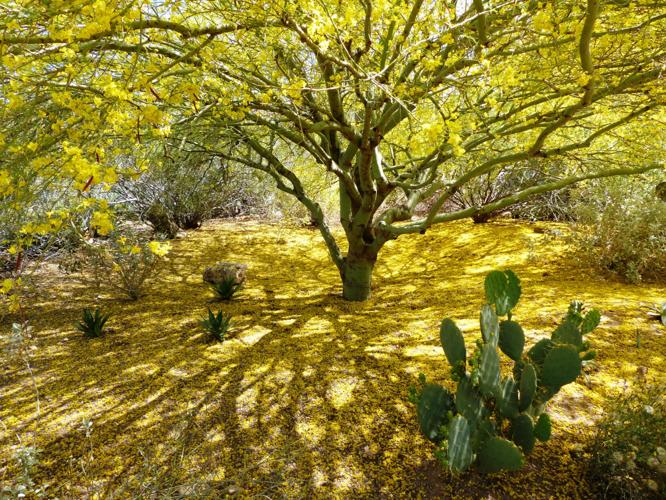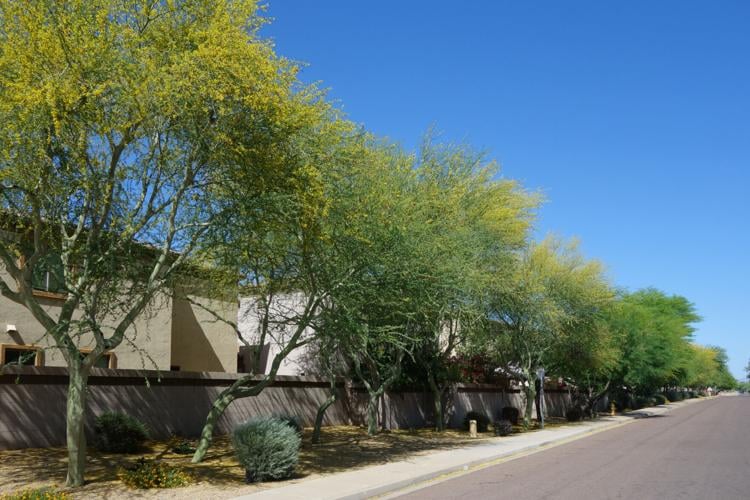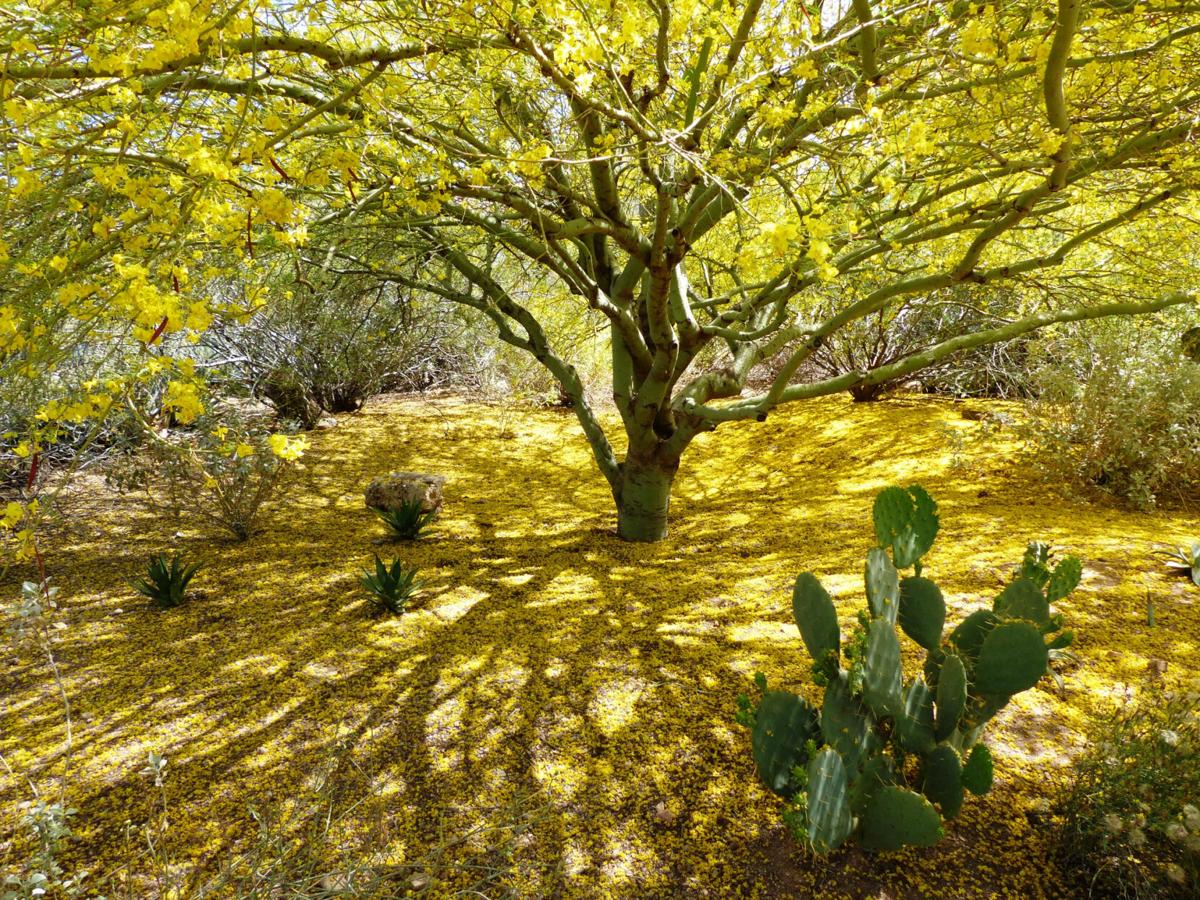Chances are you have a tree in your yard. If not, you are likely planning to plant one. The benefits of trees, particularly in our climate, are numerous. One of the most important benefits is shade, for which you need relatively tall trees.
Tall trees need a stable root base to grow and be healthy. This also keeps the trees from toppling over in your yard and potentially causing property damage. Thus it behooves gardeners to take care of their trees’ roots as best they can. This goes for existing trees as well as newly planted ones.
Smaller trees and large shrubs are also a vital part of landscaping, and larger plants need a long time to grow. Gardeners will want to protect their larger plants so they do not need to replace them and lose the shade, privacy and aesthetic benefits of larger plants.
First, here are some basics about roots. Roots need oxygen and water to metabolize nutrients and grow. Oxygen is not usually available in deeper parts of the soil, so most tree roots are in the top 18 inches of soil and spread out away from the trunk — up to three times the width of the canopy. Because of their requirements for oxygen, trees do best in soil that is well-aerated. This means there are air spaces between the small particles of soil.
Ultimately, most of these tips lead back to these biological requirements. Once you understand how tree roots grow and thrive, it’s easy to figure out how to keep them healthy.
1. Do not compact the soil above a tree’s roots. For example, don’t build a concrete patio where you know there are tree roots. Avoid walking excessively in areas where roots are present. Don’t pile rubble or park cars in those areas either. You will also want to avoid piling soil on top of the existing root zone. This will cause the roots to lose their oxygen supply and die.
2. Do not overwater. The air spaces in the soil can fill up with water when the tree is overwatered, which means the tree roots do not have access to oxygen. Some of our native trees are particularly sensitive to this and once established only need supplementary watering during the dry summer. Overwatering can also make the trees susceptible to root-damaging diseases.

These palo verde trees will not develop a healthy root system. They are too close together and hemmed in by the wall, sidewalk and road.
3. Do not plant trees near structures such as buildings or walls. These structures and their foundations will restrict the growth of the tree’s roots. Some trees may be able to grow their roots under the structure, in which case you will get shifting and cracking. Tree roots can also intrude into plumbing and walls in search of water. Keep in mind the final size of the tree’s canopy and plan accordingly.
4. Do not plant trees in low-lying areas where water collects. Most trees and other plants prefer well-draining soil, for the reasons listed above. If you have a low spot in your yard, use it for another feature, or plant bog plants such as Yerba mansa that thrive in wet conditions.
5. Avoid buying trees with a poor root system. This refers to trees with circling roots or ones which are severely root-bound. If you do end up with a tree like this, make sure you prune away any roots that are circling around instead of growing outward from the tree’s trunk. Otherwise the girdling roots will strangle the tree.
6. Do not cut through the roots of established trees. Sometimes this is inevitable if you’re doing major construction, but if you do this, be prepared to lose that tree. If you don’t want to risk your tree, try to move the construction area further out from the canopy so fewer roots are damaged.
7. Do not prune foliage or fertilize newly planted trees. This will stimulate new foliage growth at the expense of root development. You want your new tree to put its energy towards root growth. Native trees do not need fertilizer in any case; for non-native trees you can consider putting some compost over the top of the planting area.
8. Plant trees at the proper depth. If roots are sticking out above the soil, your tree will not develop properly and will be stressed from the first day. If your tree is planted too low, that may lead to water collection and root death as well as bark damage.
9. Do not stake your trees. Staking is usually completely unnecessary and takes away the slight lateral movements that stimulate the growth of stable roots and thickening of the trunk. In addition, the ties can harm the bark of the tree and lead to disease. Always remove the nursery stake when planting — it goes right through the root ball. If needed, add a stake beyond the root ball and make sure your ties are ones that are safe to use on trees. Do not leave this stake in longer than a couple of weeks.
10. Keep an eye on your trees. Signs of problems include dying branches, wilting leaves, leaning or instability. A few weeks after planting a new tree, shake it back and forth — it should not move excessively. If you have a stressed tree, check for any of the above problems. If you have concerns, particularly about the safety of a tree, I highly recommend you call a certified arborist.
There’s still so much more we can do to defeat the consequences of climate change. Veuer’s Maria Mercedes Galuppo has the story.






